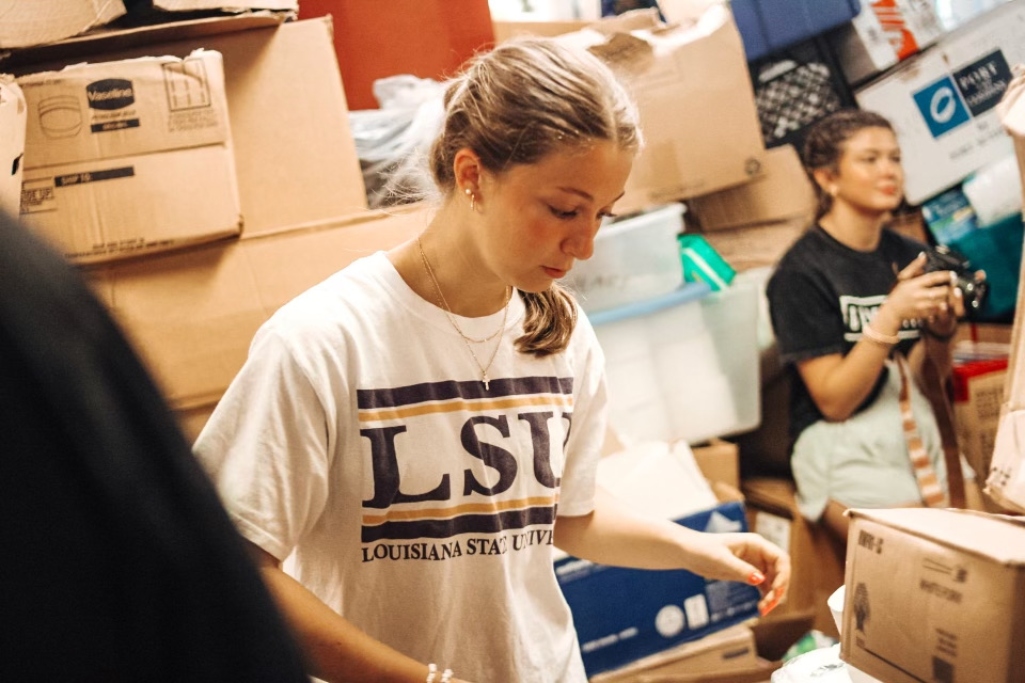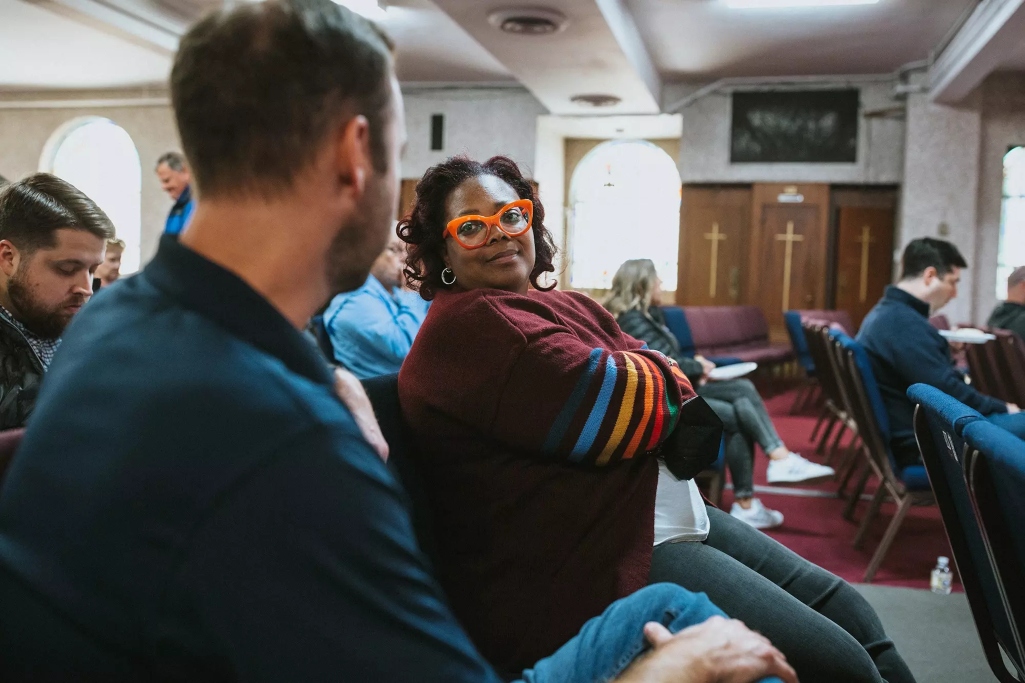
(EDITOR’S NOTE — Sunday, Aug. 25, is Global Hunger Sunday in the Southern Baptist Convention.)
Wars in Eastern Europe and the Middle East have destabilized entire regions. Extreme weather conditions have upset crop yields in Africa. Economic instability has raised operational costs for farmers around the world.
These and many other challenges have left tens of millions of people around the world staring down the barrel of food shortages.
Send Relief, the compassion ministry arm of Southern Baptists, extends the reach of churches to meet these needs through Global Hunger Relief, an initiative of the Southern Baptist Convention (SBC) dedicated to combating hunger and sharing the Bread of Life.
This year, the SBC has designated Sunday, Aug. 25, as Global Hunger Sunday. And Send Relief has created resources to help raise awareness about hunger needs around the world.
Global Hunger Relief
The event serves as an annual reminder of Southern Baptists’ dedication to fueling the Global Hunger Relief fund since 1978 — a fund now administered by Send Relief, in partnership with the Woman’s Missionary Union, International Mission Board, North American Mission Board, Ethics & Religious Liberty Commission, SBC Executive Committee and Lifeway.
These Southern Baptist partners oversee the collection, distribution and implementation of Global Hunger Relief funds — of which 80% are used for hunger projects around the world, while 20% of the funds go toward hunger needs in North America.
Churches and individuals who give through Global Hunger Relief will see their resources make a difference, impacting not just the immediate physical need but establishing projects that support long-term solutions in communities in an effort to initiate gospel conversations.
One example of such an effort is in Doi Saket, Thailand, where Send Relief helped a church provide daily meals and cover daily transportation costs, providing a way for students from impoverished families to get to school while also engaging those children with the gospel, discipleship and leadership training.
Hunger at home
Most people in the West, when they think about food insecurity, likely have situations like these in mind — children on the other side of the world with incredible needs.
Yet, there’s often food insecurity hiding in plain sight, even in the United States. Statistics from Feeding America, a national network of food banks, point out that every county in the U.S. has people within its boundaries who might be struggling to know where their next meal is coming from.
“There’s food insecurity in the shadow of almost every steeple,” said Taylor Field, who serves as Send Relief’s Northeast regional director. “There are challenges everywhere, so for all churches, it’s important to cultivate an awareness of the need in your area.”
Field served as pastor of Graffiti Church in the Lower East Side of New York City for more than 30 years, and his church focused heavily on leveraging its building as a meeting place where its members could meet needs and engage their neighbors with the gospel.
“Helping with food is often a bridge that can bear the weight of the truth,” Field said. “You begin by reaching out in terms of something as simple as providing groceries or doing something similar.”
Meeting relational needs
Those are straightforward, tangible ways churches can meet hunger needs in their own neighborhoods, but Field also emphasized the need for churches to do more than simply pass along impersonal handouts.
“When we work with churches, we try to help them have a relationship component to the hunger needs they meet,” Field said. “There are churches that give out 500 boxes of food a week to families, but if that’s all they do, there is so much more that could happen. We encourage people, ‘Don’t just give food to people. Eat with them.’”
Multiple times during his ministry in New York City, Field would not just give food to those in need. He would invite them to eat with him at a restaurant in the area.
“One person I invited was in pretty severe trouble, and he just said, ‘Nobody’s ever asked me that before,’” Field said. “It opened up an opportunity where we could address a wide range of issues in that person’s life.”
Any local church’s outreach strategy of engaging those facing food insecurity will look different based on the context and extent of the needs. Offering food in ways that do not allow for more personal interactions limits the opportunities those churches will have to present the gospel, offer discipleship, or even provide longer term life coaching that might help a person out of their circumstances that created the food insecurity in the first place.
“Whatever way you serve, structure it so there is interaction and a relationship,” Field said. “Baptists are good at eating. Anytime your church hosts a meal, to include people in those gatherings is an important thing — more than simply being viewed by others as a donor or a client.”
Noticing hunger needs
In communities where hunger needs may not be as obvious, Field recommended churches observe the behavior of the children who come on Sunday mornings or to other events at the church.
“If you open your eyes, often you start seeing some signs,” Field said. “For example, for us at Graffiti, if we saw the inability of children to function during our programs, it was often because they hadn’t had a breakfast or hadn’t had a meal.”
While he was in New York City, Field hosted mission teams that joined in on Graffiti Church’s outreach programs where they learned the principles necessary to meet the needs of people as they did so.
Churches can engage with Send Relief’s hunger initiatives by praying, giving and taking action. Send Relief provides free training, resources and missions opportunities throughout North America and the world. Each avenue Send Relief provides will equip any local church to be part of the solution to hunger in their communities in ways that build bridges for sharing the gospel with those they serve.
To learn more about Send Relief, visit SendRelief.org.
(EDITOR’S NOTE — Brandon Elrod writes for the North American Mission Board.)


